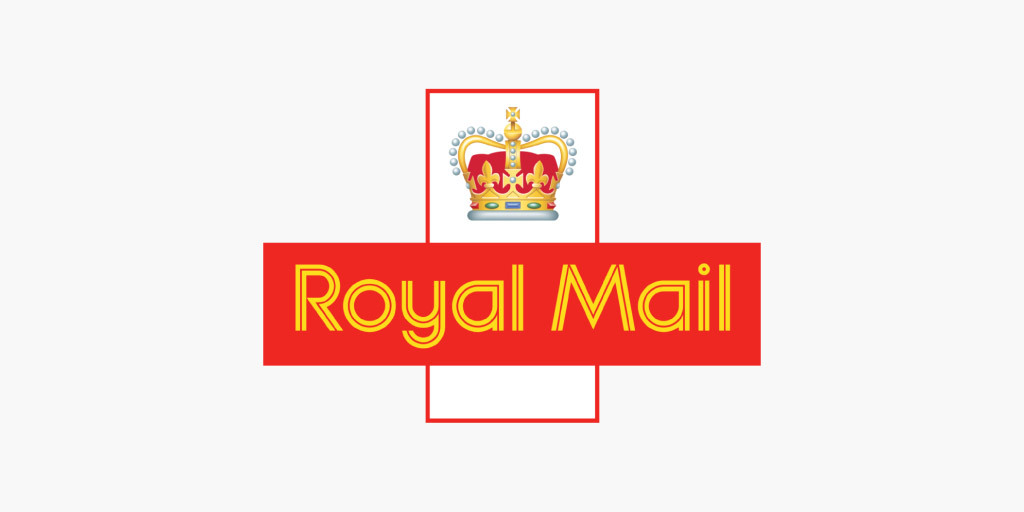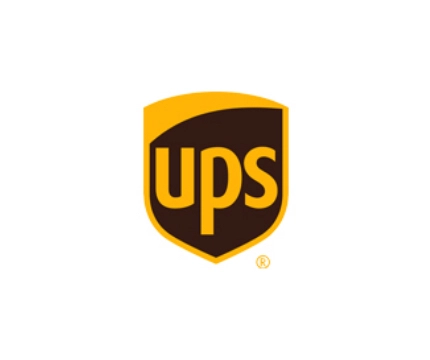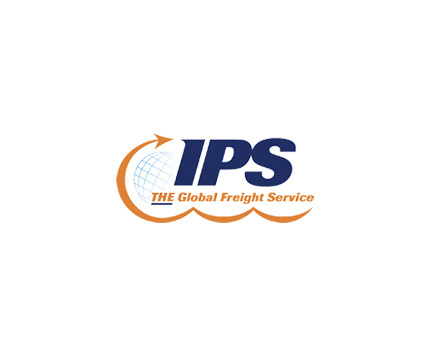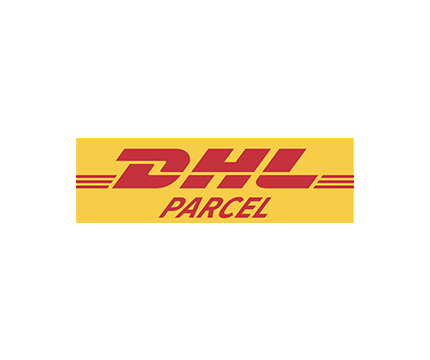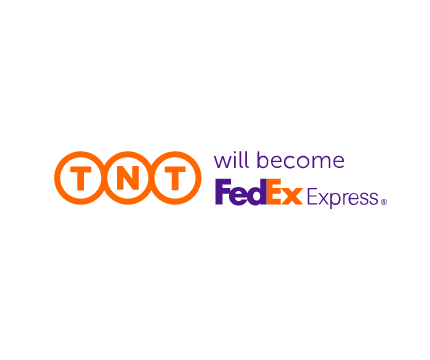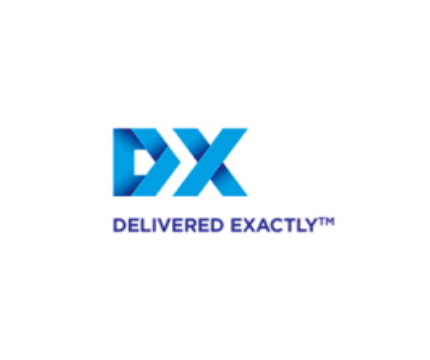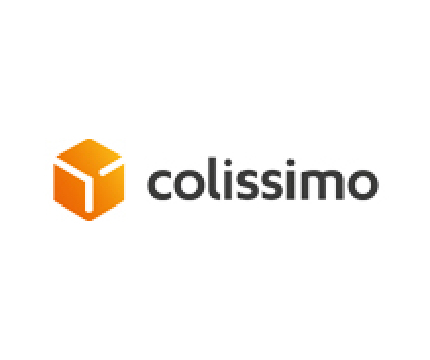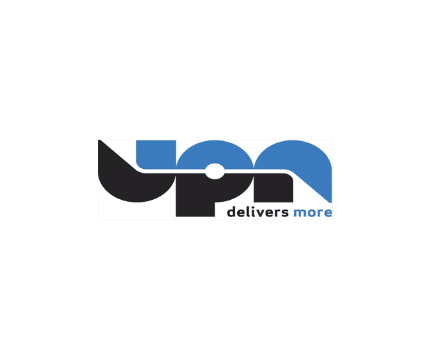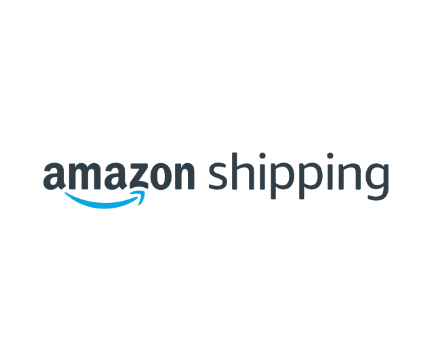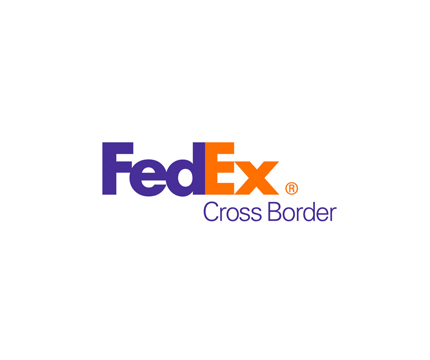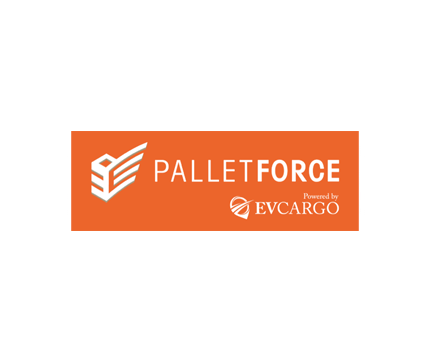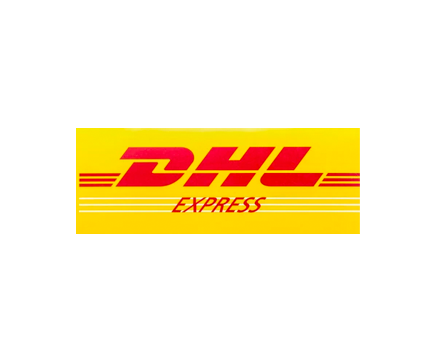There is good reason why online retailers should incorporate a multi-carrier shipping strategy. Chief among them is the ability to provide the best possible customer experience.
With the growing demand for timed delivery slots, next-day delivery, flexible delivery and click and collect, there are now more delivery options to consider. We know that 86% of UK shoppers prefer when retailers offer a variety of delivery options.
Adding new carriers and expanding the range of shipping services on offer makes total sense. However, creating a multi-carrier shipping strategy can be a resource intensive business.
Here we identify the main challenges, and explore how they can be overcome.
Why adopt multi-carrier shipping?
Convenience and speed are usually the key reasons why customers choose to shop with a retailer. The same could be said for adopting a multi-carrier shipping approach.
Speed of carrier integration doesn’t have to be a roadblock for scaling your business. With the right technology you can quickly bring new carriers into your delivery mix.
Carrier contingency planning
When delivery delays occur on behalf of the carrier, retailers need to act fast. By being able to switch carriers on and off through a delivery management platform, brands can respond to shipper issues immediately.
Retailers need to be able to devise a contingency plan if a carrier contract comes to an abrupt end. Believe it or not, this is happening more as the shipping crisis continues and carriers reach capacity thresholds.
Rapidly selecting preferred carriers means that customers are not impacted if something goes awry.
Cross-border commerce
Expanding into new territories requires retailers to observe any cultural nuances that exist in different countries. This means using local, more obscure carriers to manage deliveries. If you can’t integrate a particular carrier’s technology with your own, you could be missing out.
Fresh dog food subscription brand Butternut Box faced cross-border challenges in trying to find carriers tailored to their specific needs.
“To grow the business, it was natural that we would start looking at markets outside of the UK. There were challenges in terms of both selecting and integrating with local carriers in these new markets. It was clear to us from day one that if we wanted to go down the road of having multiple carriers in each market, it would be easier to start with a better platform. Instead of working directly with multiple carriers and having to constantly maintain or rebuild connectivity.”
- Read the full Butternut Box customer story here.
Access to delivery intelligence
-
Truly knowing your customers is what separates good retailers from great ones. It’s all well and good having multiple delivery options available.
Drilling into your own data through a delivery management platform helps identify shifts in customer behaviour. From there, you can respond to any customer experience-specific demands, and quickly introduce any new carrier options as required.
Escalate carrier integration speed
Integration speed is key when focusing on a multi-carrier shipping strategy. A delivery management platform lets retailers connect with every type of carrier in just a couple of clicks. So there’s no waiting months for a new carrier to be integrated. No major investment into each individual carrier you choose to partner with.
Thanks to a single API integration, you can simply choose from a global directory of carriers, and add or change them when you need to.
Want access to our global network of over 700 carriers? Book a consultation with a delivery management specialist now!
More about Scurri

Case Studies
See examples of how we have helped leading retailers drive efficiencies, growth and profit
Multi-carrier shipping FAQ
Q: What is multi-carrier shipping?
A: Multi-carrier shipping is the process of using multiple shipping carriers to fulfill orders instead of relying on a single carrier. It allows e-commerce businesses to choose the best carrier for each specific shipment based on factors such as cost, delivery speed, and destination.
Q: What are the benefits of using multi-carrier shipping?
A: The benefits of using multi-carrier shipping include lower shipping costs, faster delivery times, improved shipping reliability, and the ability to offer customers more shipping options.
Q: How does multi-carrier shipping work?
A: Multi-carrier shipping works by integrating multiple shipping carriers into a single system. E-commerce businesses can then use this system to compare carrier rates, track shipments, and generate shipping labels and documentation. Once an order is placed, the system automatically selects the best carrier for the shipment based on factors such as weight, destination, and delivery speed.
Q: How do I know which shipping carriers to use for my business?
A: The shipping carriers you choose will depend on factors such as the type of products you sell, your customer base, and your shipping volume. Some popular shipping carriers for e-commerce businesses include USPS, FedEx, UPS, DHL, and Amazon Shipping.
Q: Can I use multi-carrier shipping with my existing e-commerce platform?
A: Yes, many e-commerce platforms offer integrations with multi-carrier shipping software. Check with your e-commerce platform provider to see what integrations are available.
Q: How do I manage my shipments with multiple carriers?
A: Multi-carrier shipping software allows you to manage all of your shipments in one place. You can track shipments, print shipping labels and documentation, and manage returns from a single dashboard.
Q: What is the cost of using multi-carrier shipping?
A: The cost of using multi-carrier shipping will depend on factors such as the shipping volume, carrier rates, and the cost of the software. However, most e-commerce businesses find that using multiple carriers leads to cost savings over time.
Q: Can I offer customers more shipping options with multi-carrier shipping?
A: Yes, multi-carrier shipping allows you to offer customers a range of shipping options, including expedited and international shipping. This can help improve the customer experience and increase sales.
Useful links from Scurri for multi-carrier shipping
For details about why retailers choose Scurri for multi-carrier shipping, visit: Why Scurri
For case studies of retailers who have used multi-carrier shipping from Scurri, view our Case Studies
To speak to a delivery management specialist about multi-carrier shipping software, Book a Consultation
What carriers do Scurri have on their multi-carrier shipping software?
Scurri have access to a wide range of carriers on their multi-carrier shipping software, with over 1000+ carrier services and 97% coverage.
Below are some of the carriers we have access to through our multi-carrier shipping software:
What type of carrier services can be attained through multi-carrier shipping?
Scurri have access to a wide range of carriers on their multi-carrier shipping software, with over 1000+ carrier services and 97% coverage.
Below are some of the carrier services that are available through Scurri’s multi-carrier shipping software:
- Next day
- Two day
- Three day
- Same Day
- Express
- Returns
- International Tracked
- International Untracked
- International Express
- Domestic Timed
- Saturday / Saturday Timed
- Sunday / Sunday Timed
- Sustainable
- Letter / Mail
- Pallet
- 2-Man Delivery
- Fresh Food Delivery
- PUDO (Pick Up / Drop Off)
What Features to Look for in Multi-Carrier Shipping Software
To ensure a smooth and efficient shipping process, it’s essential to choose multi-carrier shipping software that offers the right features. Here, we’ll explore the crucial features to look for when selecting multi-carrier shipping software.
Carrier Integration
The primary purpose of multi-carrier shipping software is to consolidate shipping activities across various carriers. Therefore, it’s crucial to choose software that seamlessly integrates with a wide range of carriers. Look for a platform that supports major carriers such as UPS, FedEx, DHL, USPS, and others, ensuring flexibility and choice in shipping options.
Rate Shopping:
Efficient cost management is at the heart of successful e-commerce operations. Look for software that provides real-time rate shopping capabilities. This feature allows businesses to compare shipping rates from different carriers instantly, helping them choose the most cost-effective option for each shipment.
Address Validation:
Incorrect shipping addresses can lead to delays, additional costs, and frustrated customers. Ensure that the multi-carrier shipping software includes address validation features to verify and correct addresses before processing shipments. This not only reduces shipping errors but also enhances the overall customer experience.
Automated Label Generation:
A time-saving feature in multi-carrier shipping software is the ability to automate label generation. The software should seamlessly generate shipping labels for each carrier, reducing manual errors and expediting the packing and shipping process. Look for a platform that supports various label formats and customisation options.
Tracking and Visibility:
Customers appreciate transparency in the shipping process. Choose multi-carrier shipping software that provides real-time tracking information. This feature allows both businesses and customers to monitor the status and location of shipments, fostering trust and satisfaction.
Customizable Business Rules:
Different businesses have unique shipping requirements. Look for software that allows you to set customizable business rules based on factors like weight, destination, or shipping service level. This ensures that the software aligns with your specific operational needs and adapts to the evolving demands of your business.
Reporting and Analytics:
Informed decision-making is critical in optimizing shipping processes. Choose multi-carrier shipping software that offers robust reporting and analytics features. This allows businesses to analyze shipping performance, identify areas for improvement, and make data-driven decisions to enhance overall efficiency.
Scalability:
As your business grows, so will your shipping needs. Select multi-carrier shipping software that is scalable and can accommodate increased shipping volumes without sacrificing performance. Scalability ensures that the software remains a valuable asset as your business expands.

